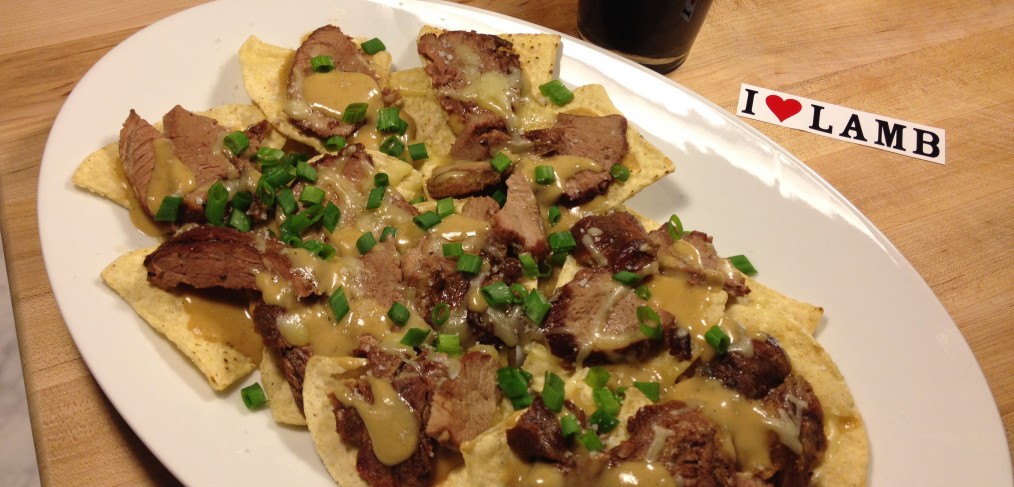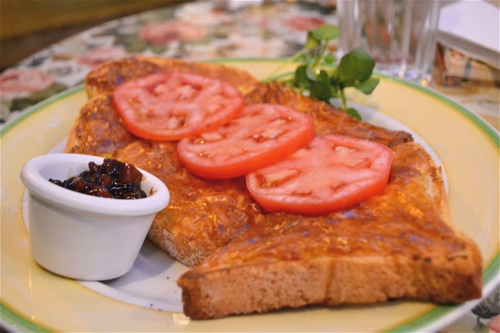
Recently, I was invited to participate in a recipe competition hosted by the American Lamb Board. I think in all the years in writing for ES I’ve only ever cooked up one lamb dish. In a moment of weakness I agreed to participate. The premise of the contest is to create an original dish (do they even exist these days?) using a cut of meat provided to us by the good folk at Border Spring Farms in Virginia — in this case a dry aged boneless leg of lamb.
The more I thought about creating a dish with a slab of meat I’m not incredibly comfortable with, the more I became intimidated. I’m in this contest with a flock (ha! I apologize) of other DC-area food bloggers and these guys are pretty awesome. In the spirit of all things Endless Simmer I decided to do what I do best — nachos. We’re big fans of nachos, actually pretty wild about them here, so it seemed fitting I’d go this route. I just hope I didn’t disrespect the meat.
But I still brought a little class. Growing up in England, I always associated lamb with Wales. I would holiday there a lot as a kid and it wasn’t uncommon to see sheep and lambs in the rolling fields of the countryside as I was camped out in a tent in an adjacent field — welcome to my childhood. In that vein I thought I would bring a little of Great Britain to these nachos and instead of using plain old cheese, I’d go with Welsh Rarebit, in the hopes of allowing the flavors of the lamb to shine through.



